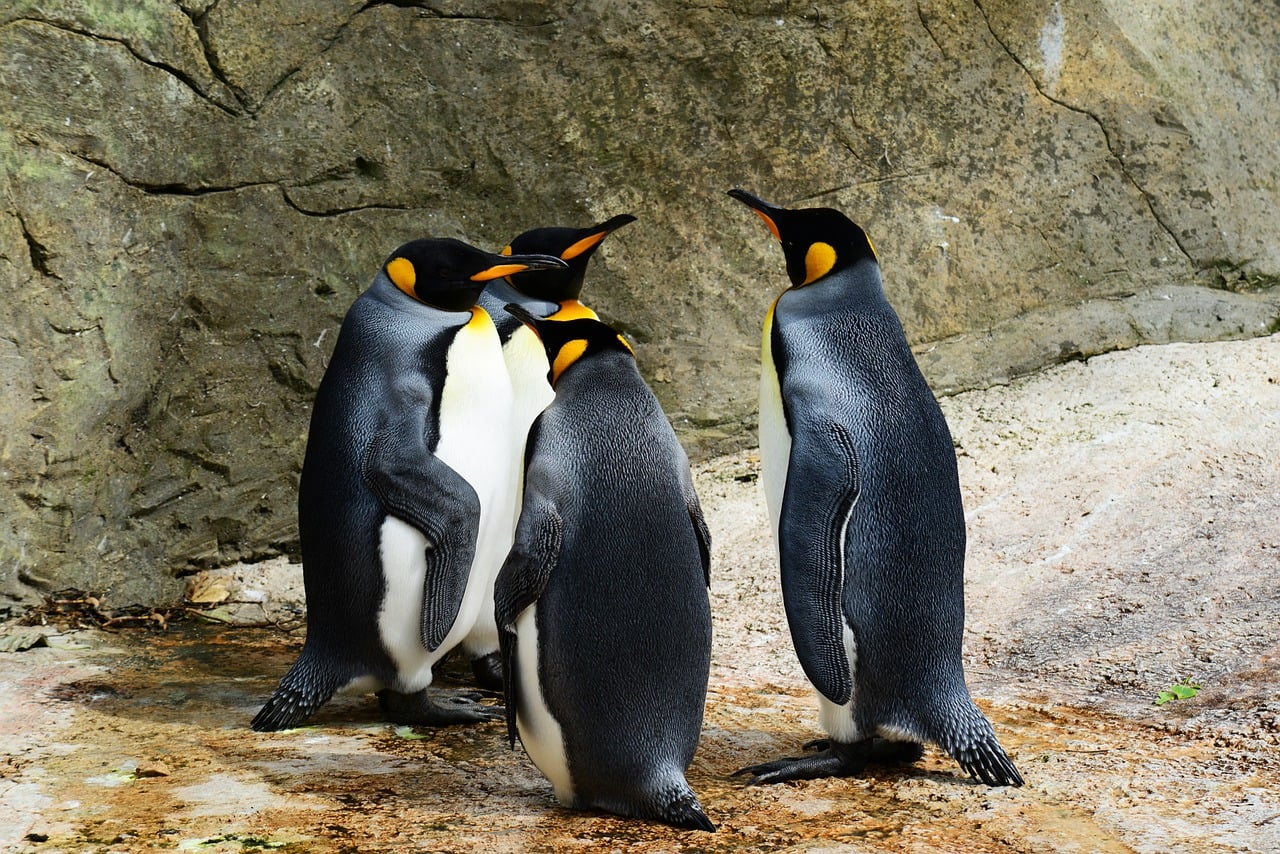A group of researchers found that penguin poop seems to be a secret recipe to the biodiversity hotspots in Antarctica. Even though the continent suffers from ice melting caused by climate change, a new study found that despite the odds, life continues to thrive on the continent, thanks to penguins and elephant seals.
The new study published in the journal Current Biology reports that the nitrogen contained in penguin and elephant seal excrement causes life to thrive on the Antarctic continent, despite being frigidly cold. Apparently, the poop seems to contain several nutrients which fuel this life to spread.
“If you put more poo in the system, the Antarctic wildlife like that,” the study’s lead author Stef Bokhorst, a polar ecologist with the Vrije Universiteit Amsterdam in the Netherlands, told The New York Times.
Bokhorst and his team, spent 15 or more years studying biodiversity hotspots in Antarctica, according to The New York Times. Their dedicated research found that feces belonging to the two aforementioned animals and their influence depends on how large the colony is, and is not determined by the region’s temperature or humidity.
Their research also found that seal and penguin poop influences biodiversity hotspots as far away as 1000 meters.
“What we see is that the poo produced by seals and penguins partly evaporates as ammonia,” Bokhorst said in a statement describing the study. “Then, the ammonia gets picked up by the wind and is blown inland, and this makes its way into the soil and provides the nitrogen that primary producers need in order to survive in this landscape.”
Surrounding the penguin colonies, the team found mosses and lichen, as well as millions of invertebrates like mites and springtails surviving thanks to the influence of the animal feces, it was noted in the statement.
“You can find millions of them per square meter here, but in grasslands in the U.S. or Europe, there are only about 50,000 to 100,000 per square meter,” Bokhorst said.
Using the same research, Bokhorst and his team mapped the biodiversity hotspots in Antarctica, which helps determine where life is thriving the most on the continent. Updating these maps with satellite imaging will make it easier to monitor the colonies as it is difficult to study the area due to its size and the frigid temperatures on the continent.
Future exploration and research include learning about the influence of invasive species on the environment of Antarctica, as well as the Arctic region, mainly because of the growing risk of climate change. Researchers also want to determine the measures required to be taken to prevent mass human activity in the untouched, natural habitat.
“Just as the penguin and seal colonies enrich the soil for native plants, it’s also possible that they are making it ideal for invasive species as well, which could be hardier and provide shelter for predatory insects like spiders and beetles,” Bokhorst said in the statement. “Right now, the system is too unproductive to support any mammals like rats and mice.”





